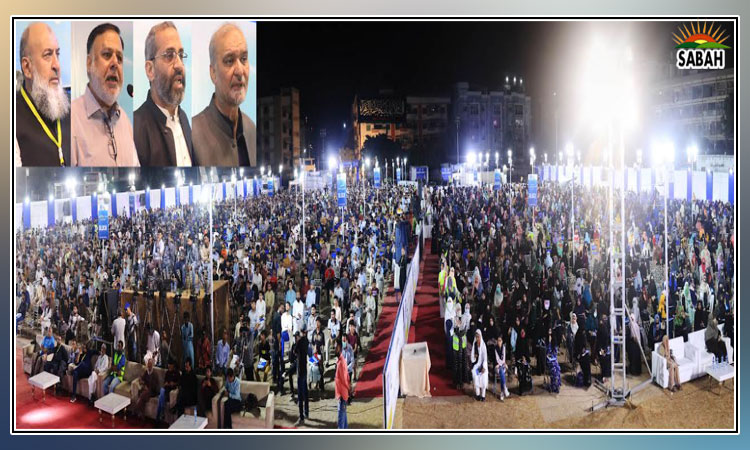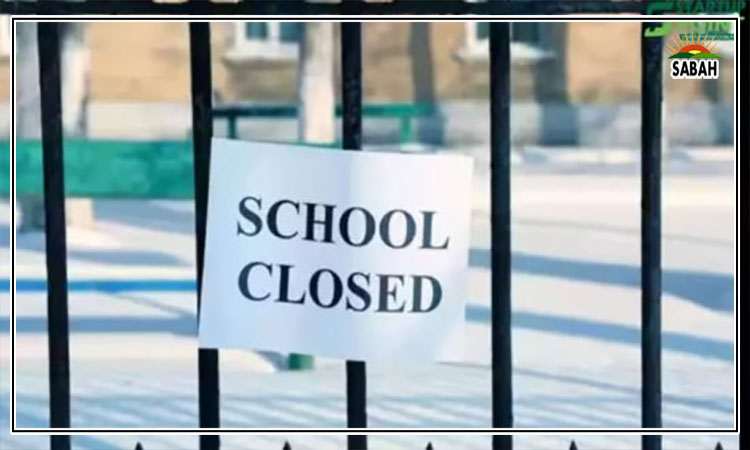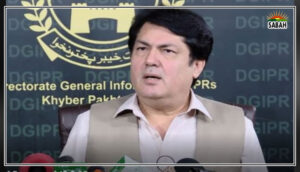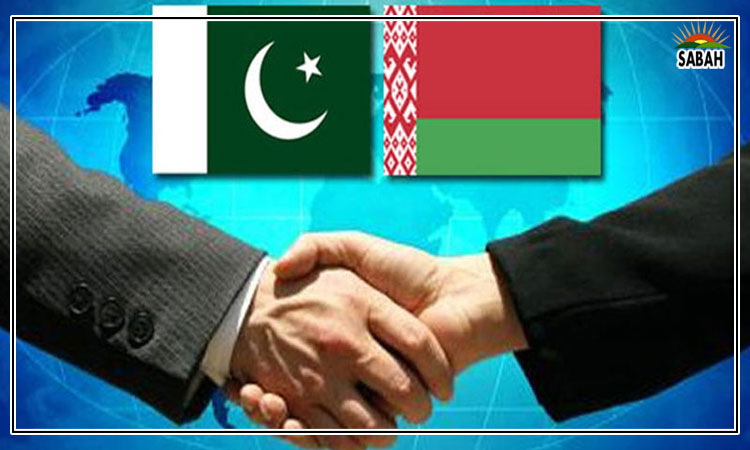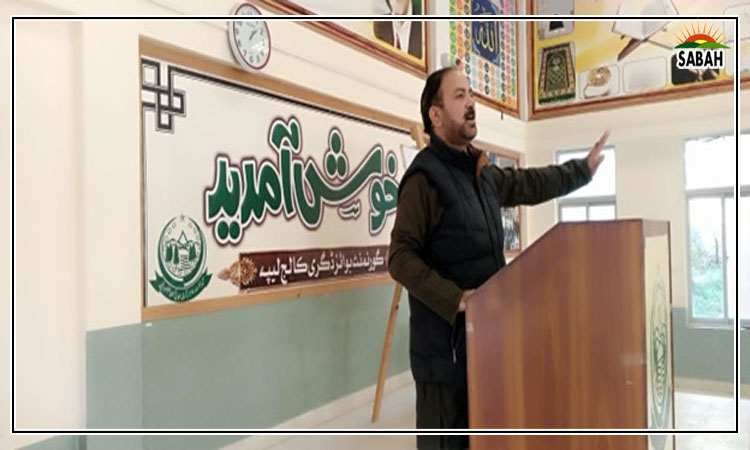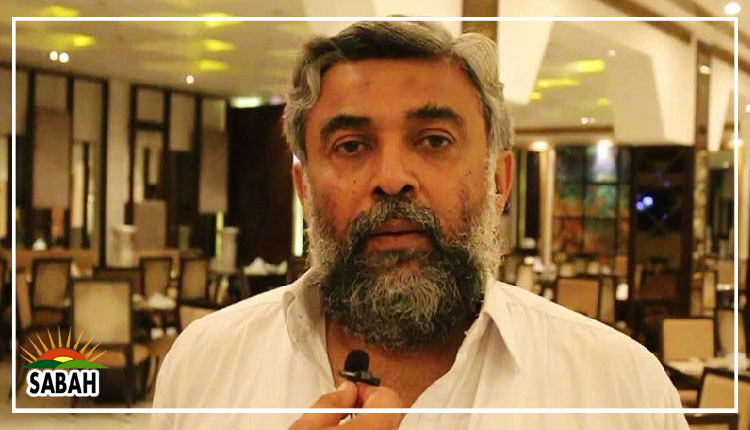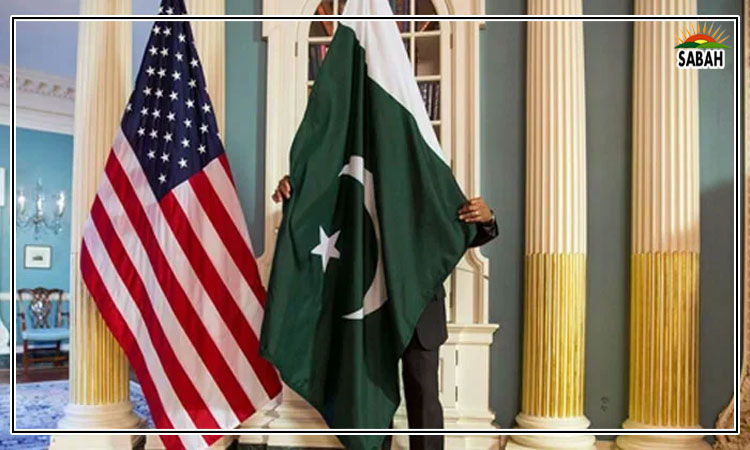Lasting economic ties…Sarwat Rauf
Pakistan and the US share an intricate history of high and low relations. The US established diplomatic relations with Pakistan on August 15, 1947, making the US one of the first two nations to recognize Pakistan.
At that time, the cold war was getting its pace, and the US was in search of allies and partners to contain the expansion of communism worldwide. On the other side, Pakistan needed powerful states to get their assistance in its ongoing conflict with India. In simple words, the onset of the Pak-US association was purely interest-based; military ties were the priority of both, and the economic linkages were subservient to military engagements.
Historically, economic assistance to Pakistan has been conditional on its role in serving the USs geopolitical interests in the region. So, geopolitics was the key element of bilateral relations. In this connection, the US initiated the Southeast Asian Association Treaty Organization (Seato) and Central Treaty Organization (Cento) in the 1950s to contain communist incursions.
Pakistan joined these organizations intending to get support on the Kashmir issue. However, Pakistan could not get the expected leverage from the US visa viz India, consequently leaving these organizations in the 1970s. Therefore, Pakistan could never try to develop a sustainable economic partnership with the US and the reflexive response of policymakers from the other side has resulted in unsustainable relations.
At the onset of the 21st century, during the US-led global war against terrorism, Pakistan has been the recipient of US aid and despite the announcements of the initiation of the business council and other platforms, economic relations could not flourish between the two. Reportedly, Pakistan received $26 billion in economic and military aid from 2002-2013. However, in 2018, the Trump administration significantly cut aid to Pakistan by $300 million (approximately). Later, in 2022, the aid was further slashed during the Biden administration.
Nevertheless, in these years, Pakistans major export destination was the US and even today it is considered the principal recipient of Pakistani goods. According to PBS data, Pakistans exports to the US stood at $5.17 billion in FY23. As per the statistics of Observatory of Economic Complexity (OEC), Pakistans export to the US was $6.47 billion in the year 2022. The same source further bifurcates the statistics by showing that these exports were house linens ($1.15 billion), knit sweaters ($738 million), and non-knit mens suits ($497 million). Exports from Pakistan to the US include textiles, apparel, and agricultural products. Interestingly, fluctuations in trade relations happen between these two states more often whenever geopolitical tensions arise.
Invariably, the US encourages trade relations with other states, and it welcomes goods from all over the world. It is due to its large consumer market as well as to fueling its economic growth. Moreover, the US has been a leading investor in Pakistan for a long time. American companies have invested in energy, telecommunications, and consumer goods.
Just like trade and diplomatic relations between Pakistan and the US, investment flows are also subject to Pakistans broader economic environment and business climate. Some famous American food chains in Pakistan are Pizza Hut, KFC, McDonalds, and Dunkin Donuts. Similarly, some Pakistani cuisines are popular in different states of the US such as Sofis Kitchen & Bar (California), Kabab and Grill (Wisconsin) Zaiqa (Oklahoma).
Apart from this, nearly 600,000 Pakistanis expats are residing in the US, and many are sending remittances to Pakistan. In 2022, $3.1 billion contributed to Pakistans GDP.
Furthermore, American firms have a robust presence in Pakistan, and many US platforms are actively recruiting and retaining investors in Pakistan to increase their investment here such as the US-Pakistan Business Council (USPBC). The USPBC was founded in 2002, advancing US commercial engagement in Pakistan, and provides a national forum for dialogue related to the interests of American companies operating in Pakistan and maintains relationships with leading business organizations in Pakistan, such as the American Business Council of Pakistan (ABC) and American Business Forum (ABF).
Many firms are registered with the ABC and ABF. These companies have collectively invested millions of dollars here. ABC unlocks new avenues and possibilities for businesses. According to ABC, US companies have invested over $1.5 billion in the Pakistani market while generating revenues of $3 billion.
Similarly, the Investment Framework Agreement (TIFA) was founded in 2003, which started to provide a forum for discussion of bilateral trade issues. In addition, other platforms such as SelectUSA have been facilitating job-creating business investment. It has facilitated significant investment, creating or retaining over 95,000 US jobs. In 2019, SelectUSA facilitated more than $18.5 billion in investment.
USAID is another case where the partnership between the US and Pakistan is focusing on eliminating barriers to trade and investment. Both states can ensure the continuity of such programmes to develop commercial ties if the US puts aside its ambition to prevent the rise of China.
The desire to promote trade and investment could not grow further due to their respective fears. Therefore, it is pertinent to remove the deep-rooted distrust and operational issues that halt the growth of Pak-US economic relations. The need of the hour is for governments to start supporting local investors. Investors in Pakistan face certain issues such as regulatory risk, taxation, and a lack of transparency in public-sector decision-making. Similarly, investors are afraid of choosing the right local partners and careful planning.
The new setup, upcoming presidential elections in the US and the newly formed government in Pakistan, is offering a good chance to recalibrate their ties based on geoeconomics. To unlock its economic potential, Pakistan requires adaptability and persistence in growing its trade linkages with the US. The country needs to further facilitate business and investment to attract profit-motivated investors. The Pakistani government should pay attention to providing technical assistance to its entrepreneurs.
Lastly, both countries should revisit their policies to start inspirational economic ties. Strong economic linkages could help advance Pakistans soft image, and the prospects of regional stability will progress.
The writer is associate professor, Department of International Relations at the National University of Modern Languages (NUML), Islamabad.
Courtesy T|he News


